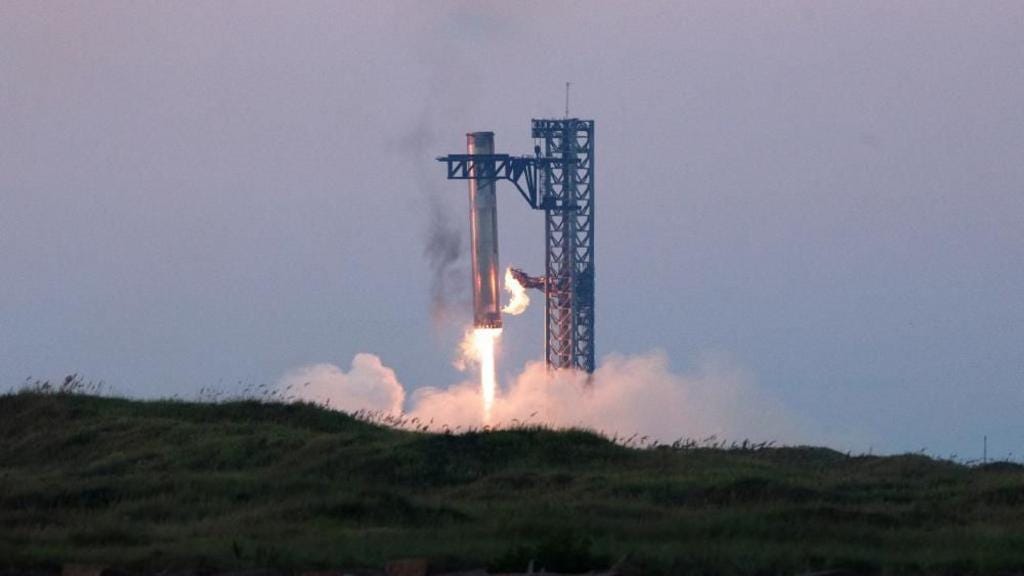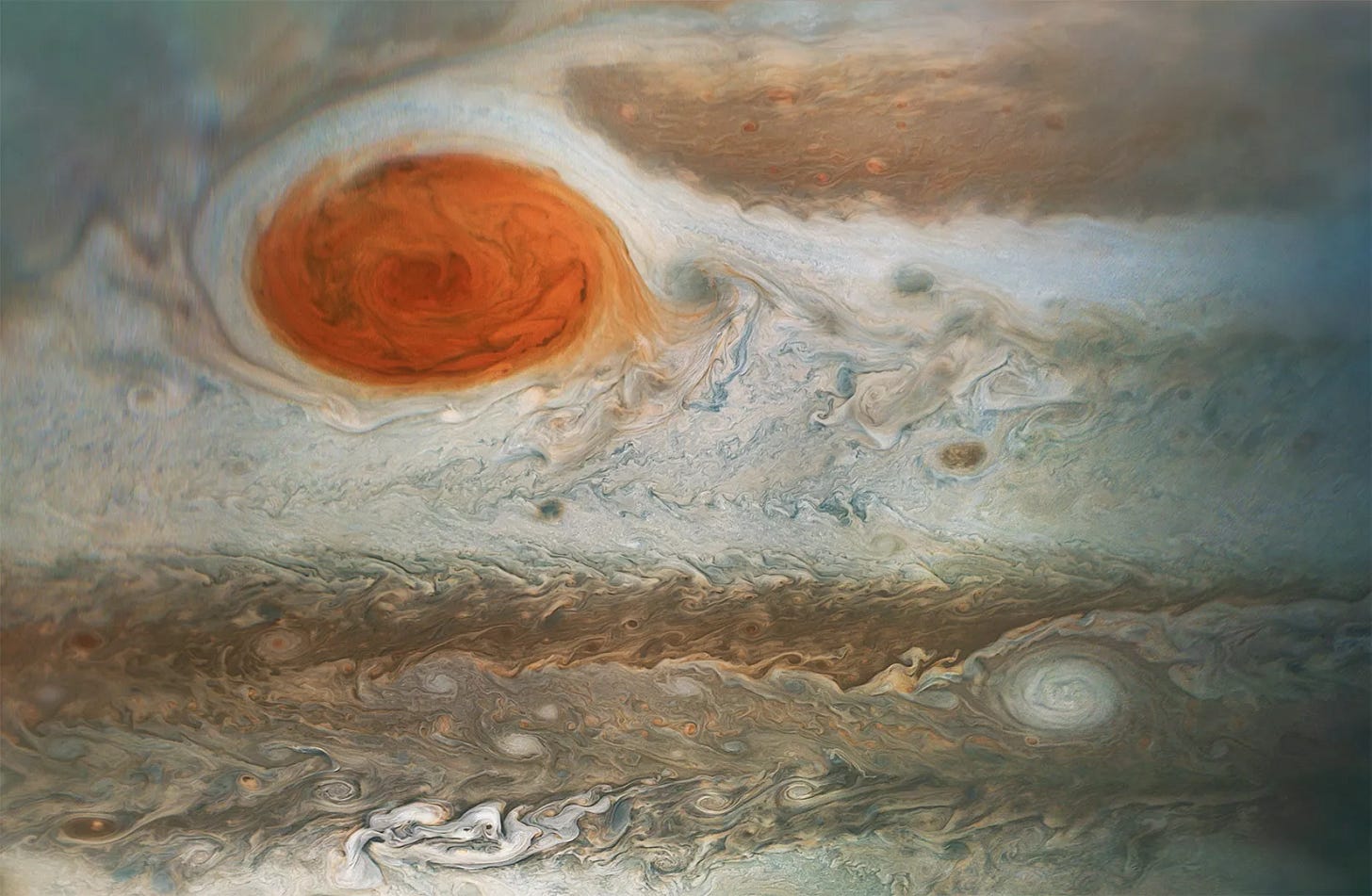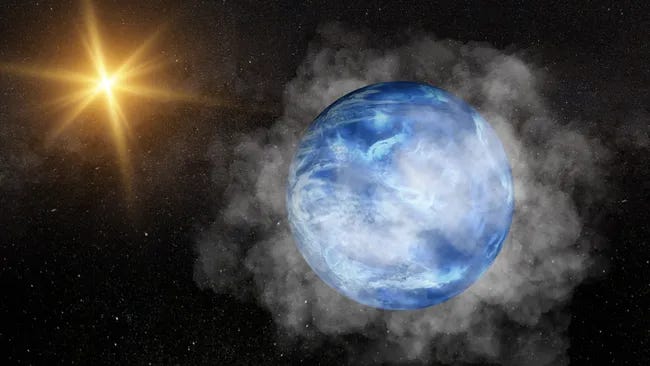Weekly - SpaceX catches rocket in midair for 1st time and more
🟢 Weekly Space News - Quick and Easy.
Our Engagement Palette!
We’re excited to share a new colour-coded system for SpaceBlaze:
🟤 Brown: For posts that are mundane and bland.
🟡 Yellow: For fairly interesting posts.
🟢 Green: For our most engaging posts.
This Palette will help you decide which post is worth your time!
*Applicable only for Weekly Space News
This week’s post ranks green 🟢 on the Engagement Palette.
SpaceX catches rocket in midair for 1st time
A rocket has multiple stages that separate after use and are either discarded or retrieved from the sea. SpaceX’s Falcon-9 rockets are famous for landing vertically back onto the launch pad, making them reusable for multiple missions. Recently SpaceX made history yet again by catching the Super-Heavy first stage of its Starship spacecraft in mid-air after launch. The first stage which includes the main boosters and fuel, launched the starship spacecraft into space and later slowly descended back to the launch pad where it hovered for a few seconds and was then seized by the launch tower using giant ‘chopstick-like’ arms. This reduces damage to the rocket, making it easier to reuse with less repair compared to other methods of recovery. The Starliner spacecraft it launched also successfully splashed down in the Indian Ocean.
Hubble finds that the Great Red Spot is constantly changing shape
For about 4 months between 2023 and 2024, the Hubble Space Telescope’s full focus was on the Great Red Spot, a massive storm on Jupiter large enough to fit the Earth. This storm has interested scientists for a long time now and is one of the most violent phenomena in the solar system. Recently, when the observations by Hubble were compiled into a timelapse video, scientists noticed that the Great Red Spot constantly expands and contracts due to interactions with nearby winds.
Scientists find exoplanet filled with water vapour for the first time
Scientists using the James Webb telescope recently spotted an exoplanet named GJ 9827 d about 100 lightyears away that has an atmosphere composed almost entirely of water vapour. This type of exoplanet’s existence had only been theorised until now. Such worlds are called ‘steam worlds’ as they are mostly made of water vapour. This exoplanet is not habitable, however.




